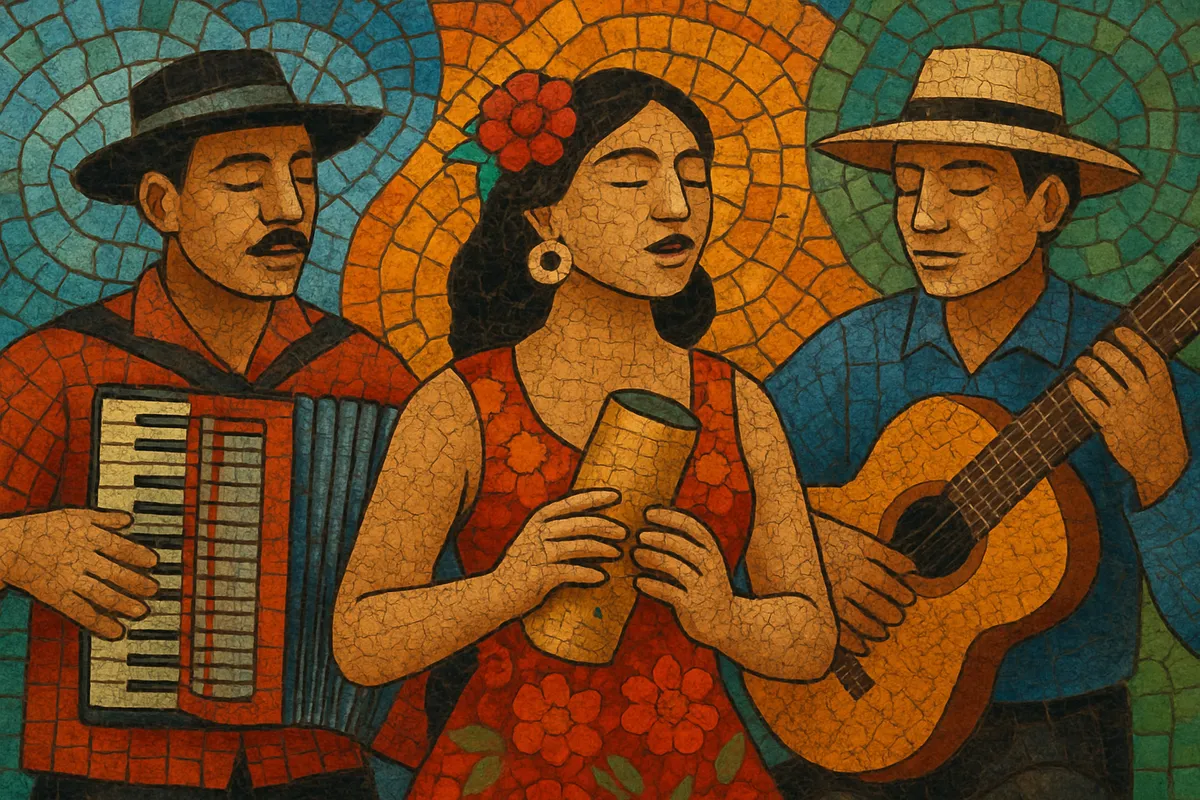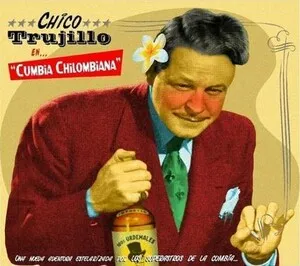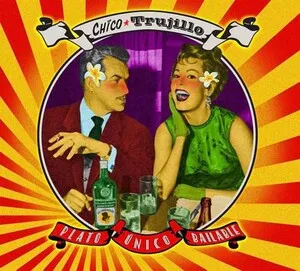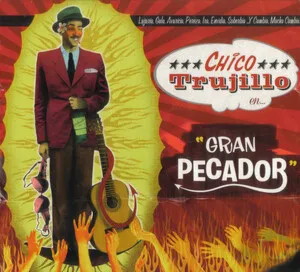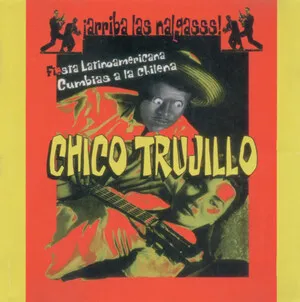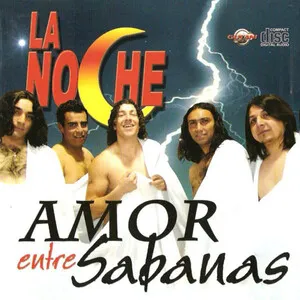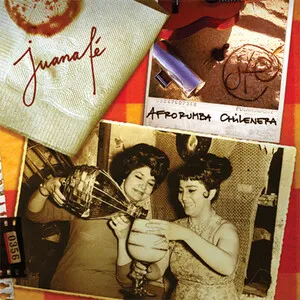Cumbia chilena is the Chilean interpretation of cumbia that took root in the early 1960s and became a staple of fiestas, dancehalls, and popular radio. It blends the Colombian cumbia beat with the brass-driven sound of Chile’s tropical orchestras, creating an upbeat, party-ready style with catchy choruses and prominent horn riffs.
Classic cumbia chilena is marked by trumpets and saxophones, bright major-key harmonies, güiro and conga patterns, timbales fills, and a driving electric bass “tumbao.” Later waves introduced romantic ballad sensibilities and pop polish, while the 2000s revival (often called “nueva cumbia chilena”) fused cumbia with ska, rock, and urban grooves, keeping the dancefloor spirit while updating textures and themes.
Cumbia entered Chile through recordings, touring bands, and regional radio in the late 1950s. Chilean tropical orchestras—already versed in mambo, cha-cha-chá, guaracha, son cubano, and bolero—adapted the Colombian cumbia beat to their horn-led format. In 1962, La Sonora Palacios emerged as a key pioneer, shaping the local sound with brass arrangements, dance-band energy, and a distinctly Chilean repertoire.
Through the 1970s and 1980s, cumbia chilena became a mainstay at celebrations and on national radio and television. Bands standardized the brisk, bright, and melodic approach: marked horn mambos, steady güiro/conga patterns, and memorable choruses. The style served as a unifying party music across regions and classes, thriving in dancehalls, neighborhood festivities, and year-end celebrations.
In the 1990s, Chilean cumbia diversified. Some groups leaned into romantic cumbia and pop ballad aesthetics (slower tempos, lush keyboards, sentimental lyrics), while others adopted a more electronic or “sound” band approach for large live shows. Despite shifts in mainstream trends, cumbia maintained its role as the go-to dance music at local events.
A vibrant revival—often referred to as “nueva cumbia chilena”—brought younger audiences back to cumbia. Bands fused the classic Chilean brass-and-percussion foundation with ska, rock, and alternative pop, without losing the trademark groove and communal sing-alongs. This era renewed cumbia’s cultural relevance and exported Chilean acts to international festivals.
Cumbia chilena remains a living tradition: classic orchestras share space with crossover and indie-leaning projects. The genre still centers parties, street festivals, and national celebrations, while contemporary artists keep evolving the palette with new timbres, production techniques, and lyrical themes.

